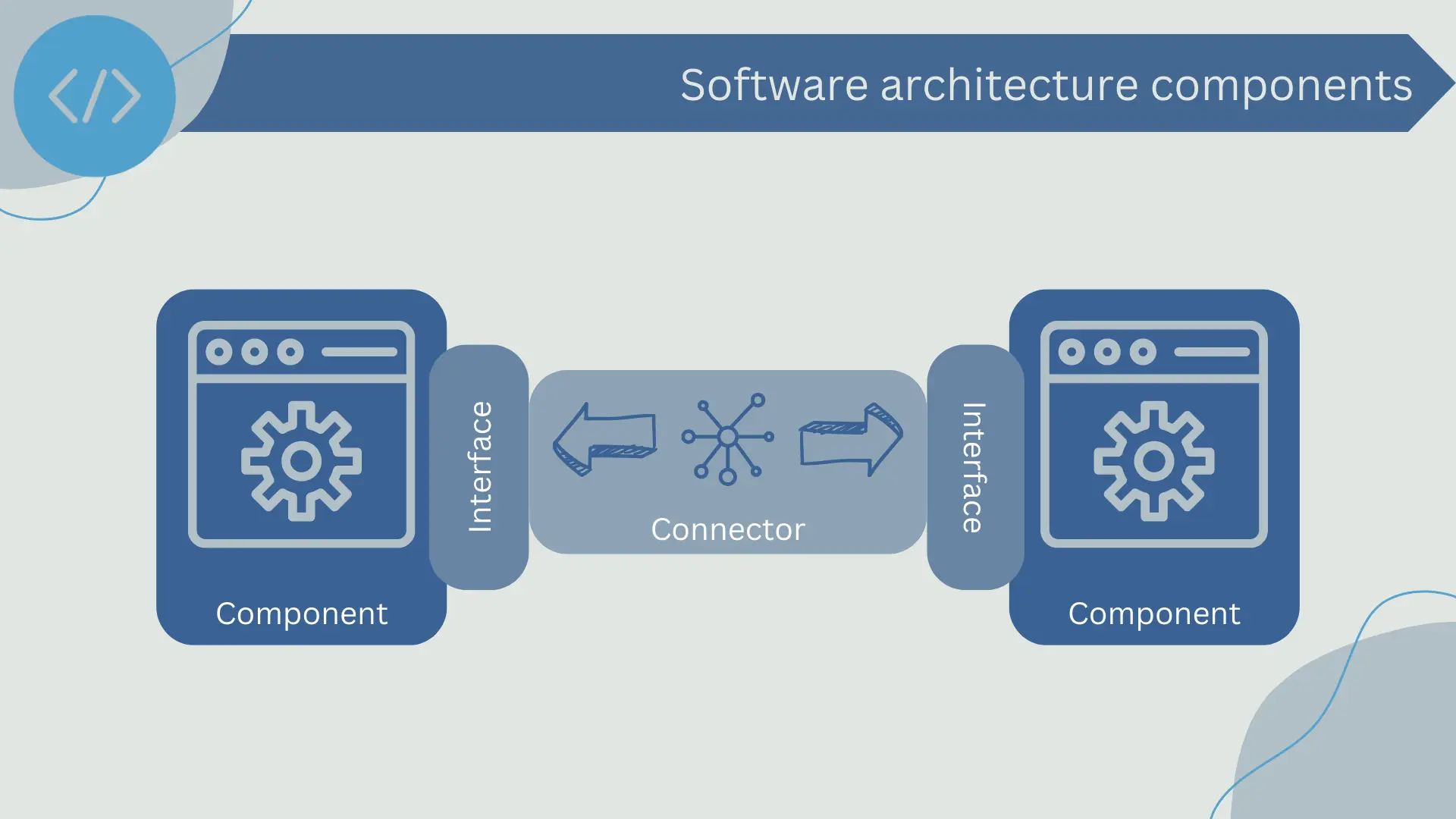Designing the architecture of a software system is an essential part of any development project. This design phase involves making strategic and technical decisions that will impact the entire structure and functioning of the system. In this section, we will discuss the key components of software architecture and the techniques used for its design. We will also analyze some examples of how these components and techniques are applied in real projects.
Identification and Description of Software Architecture Components
The architecture of a software system consists of various interconnected components that work together to meet the functional and non-functional requirements of the system. It is essential to understand and accurately describe these components to design an effective software architecture.
- Software Components: Software components are the fundamental units of a software system. They can take various forms and sizes, from individual functions to complete software packages. Each component has a specific responsibility and provides a set of functionalities that other components can use.
- Connectors: Connectors are mechanisms that allow interaction between software components. They can take many forms, from simple function calls to more complex communication protocols. Connectors ensure the cooperation and coordination of software components and are essential for the coherence and integrity of the system as a whole.
- Interfaces: Interfaces are the points through which software components interact with each other. They define how the services provided by a component can be used or accessed. Interfaces provide abstraction, allowing the implementation details of a component to be hidden from other components.

